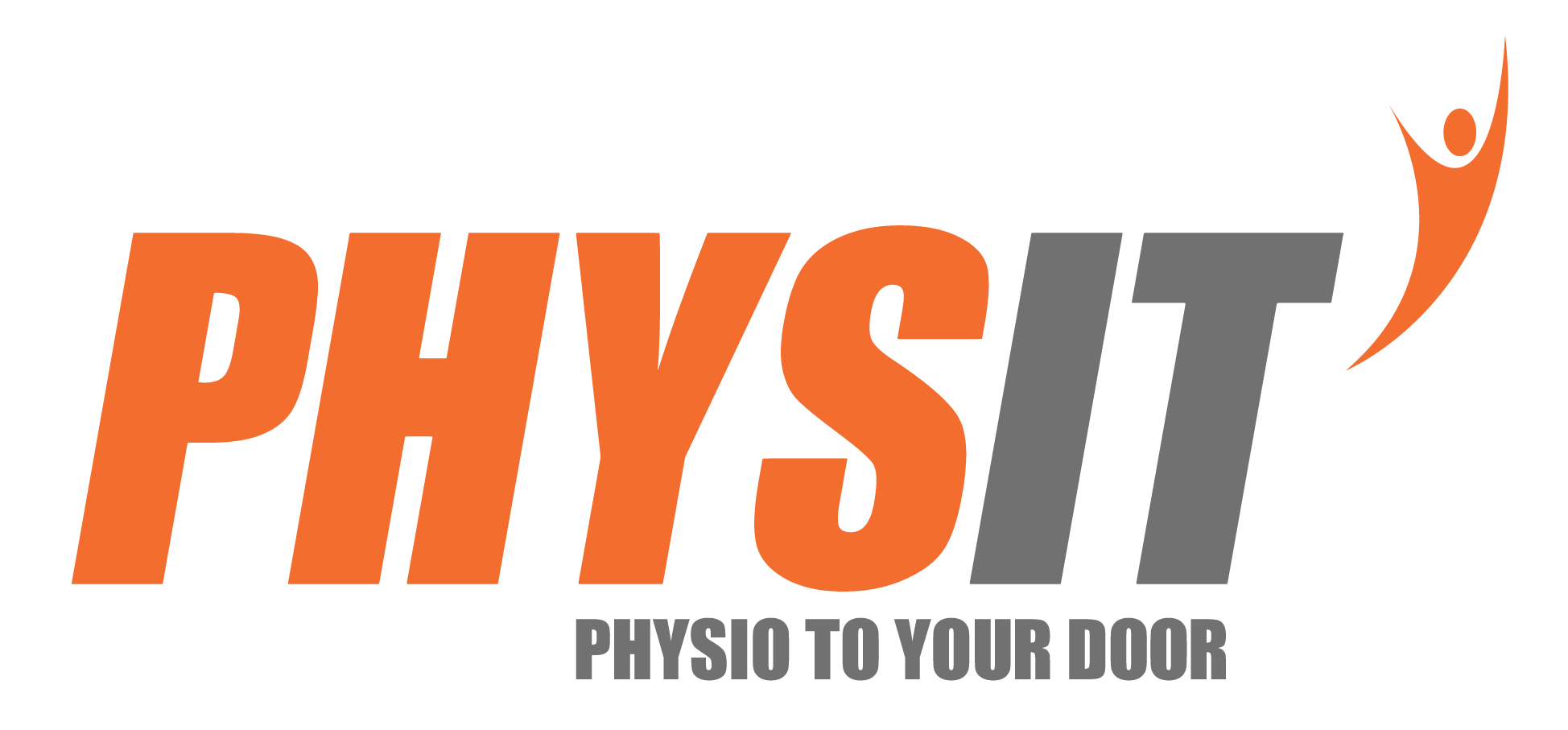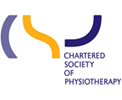Osteoarthritis (OA) is something that can affect your joints. It can cause pain, stiffness, swelling, and grinding sensations within your joint.
Over time the cartilage that helps protect the bone within your joints can wear away, so that the bones rub together, causing the above symptoms. Osteoarthritis can also be called arthrosis, osteoarthrosis, degenerative joint disease, or wear and tear.
Will I get osteoarthritis?
Most people at some point in their lives may develop OA, however, it is most common in:
- Females
- People over 50 years old
- People who have had previous injuries, or other diseases (e.g. Rheumatoid Arthritis) that can affect joints
- People who have familial history of OA (parents, or siblings with it)
The most common joints that may get OA are: hips, knees, lower back, neck, and hands. You may get OA in one joint, multiple joints, or none at all.
How can I stop myself from getting OA?
Osteoarthritis is something that can’t be stopped or reversed, but its progression and symptoms can be reduced.
The best management is effective analgesia (pain killers such as ibruprufen – it is good to discuss this with your GP first) along with specific strength and mobility exercises which can be provided by a physiotherapist.
Also avoiding heavy loading on joints (maintaining a healthy weight) can help. More invasive treatments offered by doctors may also include steroid injections into the joint, or surgery (e.g. knee replacements).
Osteoarthritis is something which can be managed very well with physiotherapy.
Exercises
Here are some simple activities that can help you build muscle strength around your knee, and reduce pain caused by OA in this joint. We, at Physit, can also provide further information about OA and how best to prepare for any joint replacement surgery. Feel free to contact us for more information.
Sit To Stand practice

1. Sit on the edge of the chair. Feet parallel, forward. Arms crossed in front of body.

2. Lean forwards. Stand up slowly using your legs, try not to use your arms. Keep looking forward and aim to keep your knees over your toes.

Stand upright and then slowly sit down, bottom-first. 3 sets of 10 x repetitions.
*Make sure the chair is secure, and against a wall.*
*To make it easier: raise the chair height with a cushion or similar. To make it harder: try from a lower seated position.
*If required use arms to help, or for balance, but aim to let the legs to the work in pushing up.
Straight Leg Raise

Lie on a bed, with head supported, and legs straight.
*If you get back pain, you can bend the opposite knee as this may reduce tension on the back.

Keeping the knee straight, lift your leg up off the bed around 30cm. Hold in this position for 5-10 seconds and then relax. 10 x repetitions, 3 x sets daily.
*To make it harder: add ankle weights or tie a resistance band around both ankles.
*If you experience any pain during any of these exercises, please stop, and consult your Physiotherapist.
You can get further info from Arthritis UK






